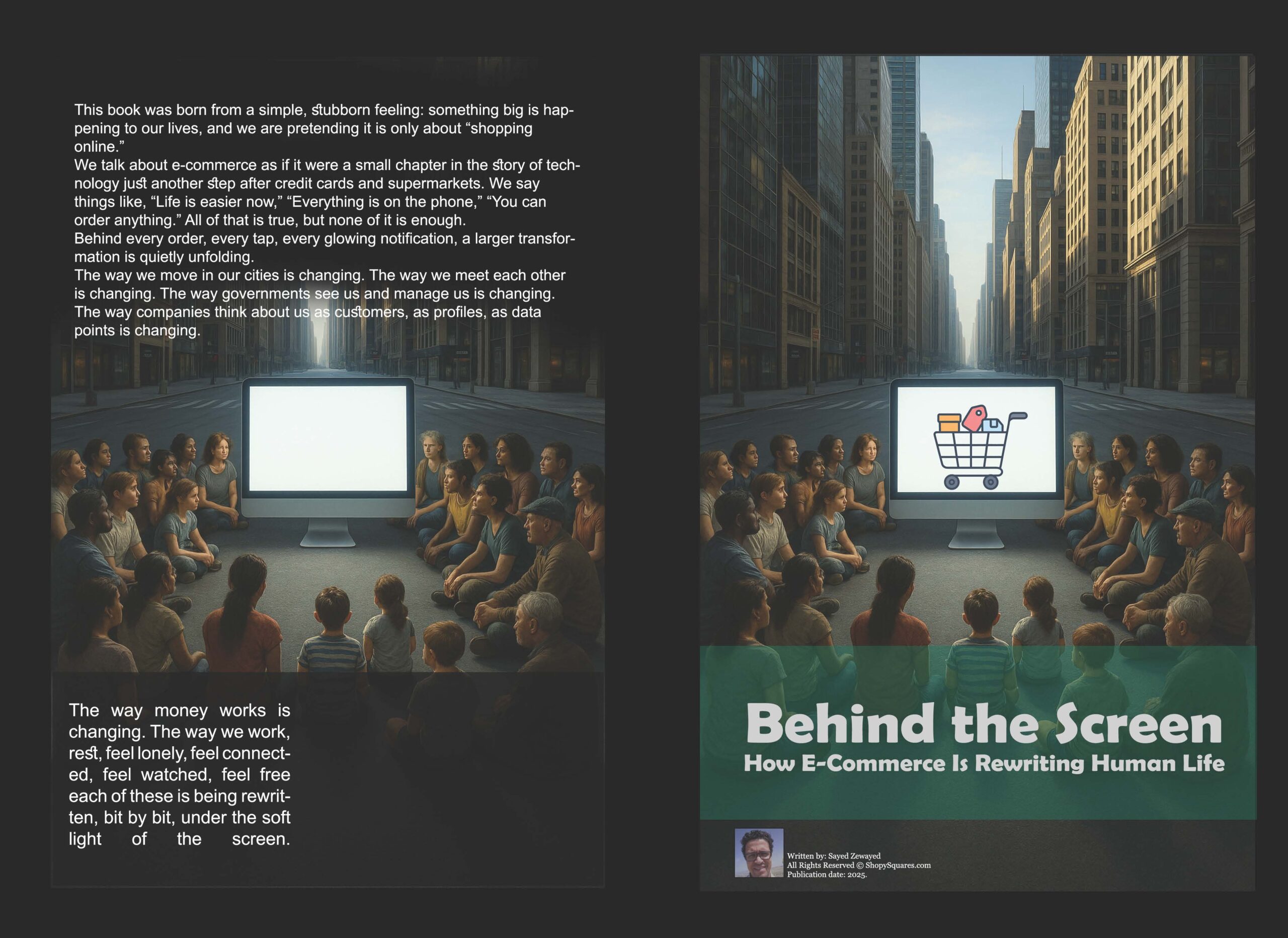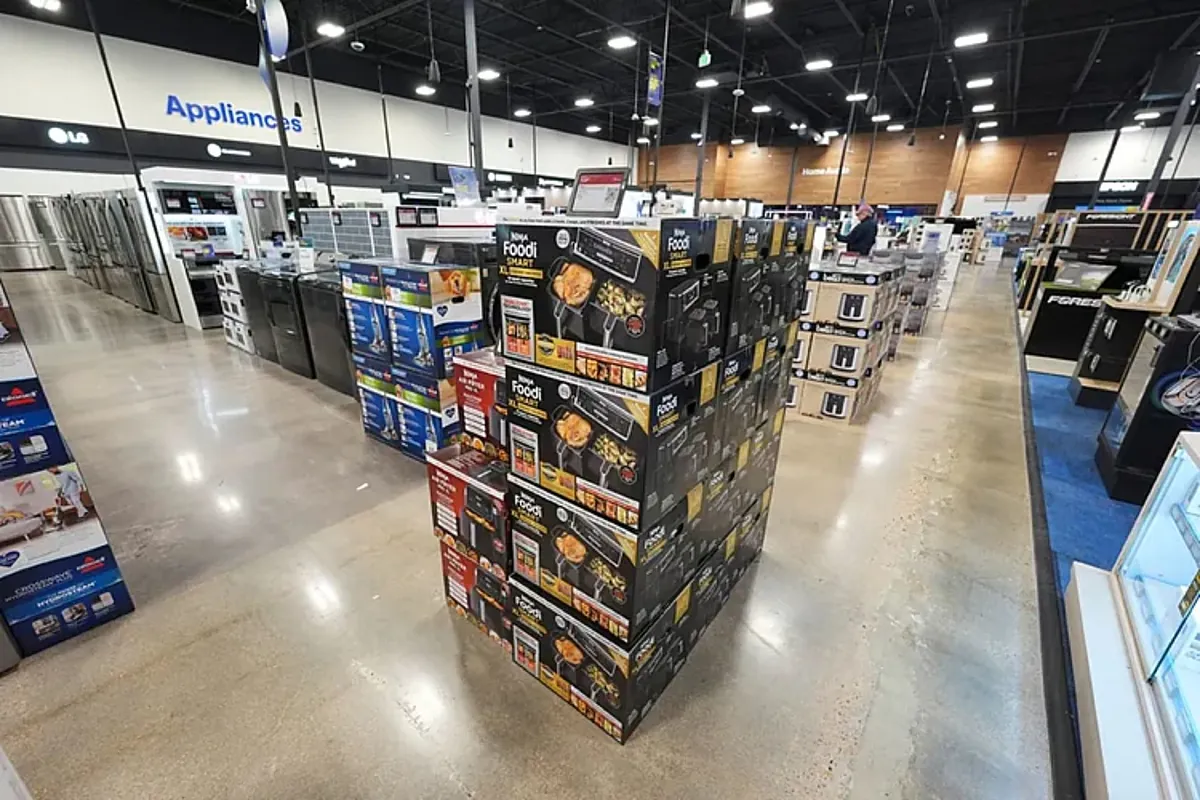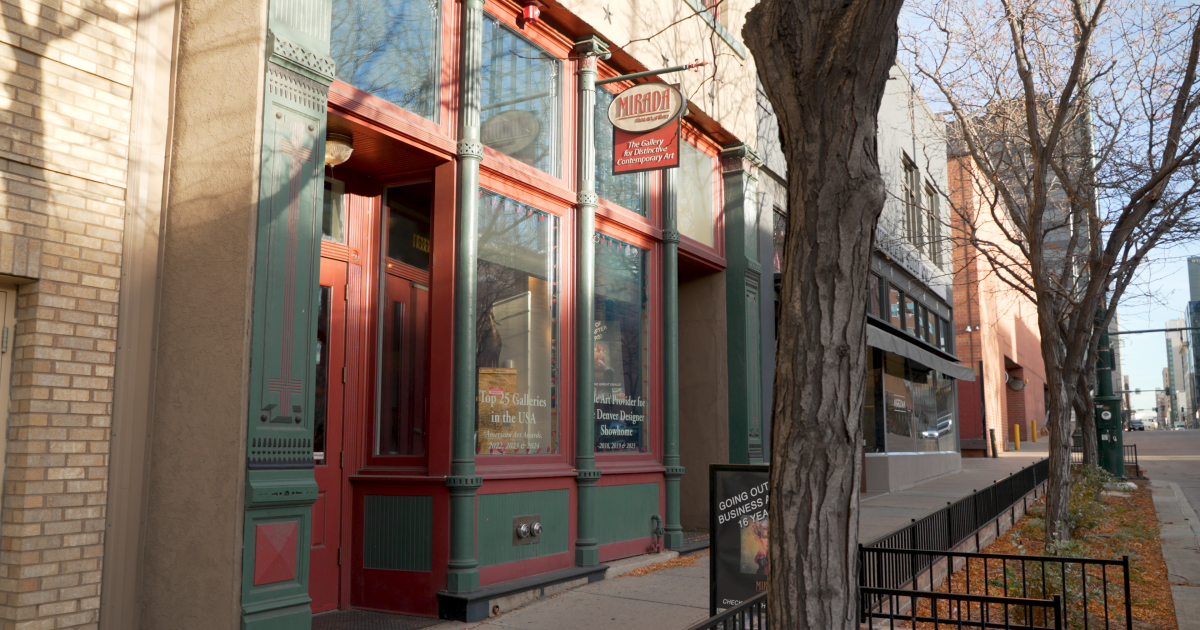You probably didn’t even notice it.
Maybe it was just another night. You were tired, half-asleep, your phone in hand. You opened an app without thinking, browsed through a few products, read some suspiciously similar reviews, tapped “Buy Now,” and went back to what you were doing. Somewhere in the distance, a warehouse light came on, you scanned a barcode, and a package arrived. A few days later, a small box arrived at your door, and the moment was complete.
It all seemed ordinary. Nothing special. Just another small action in a long day.
But if you look beyond it, this simple moment is anything but small. It’s part of a new way of life that’s engulfing the planet: one order, one click, one notification at a time. A way in which screens become front doors, platforms become marketplaces, and the line between your private life and the global economy is quietly, almost politely, blurring.
We tell ourselves a simple story about this: Technology has made life easier.
We used to drive, park, wait in lines, argue over sizes, carry bags, and struggle through traffic. Now, we tap cards. Things come to us. We save time, effort, and fuel, and escape the hassle of crowded places and impatient strangers. E-commerce, mobile banking, digital wallets, delivery apps, loyalty programs, and targeted offers all present themselves as tools of convenience.
And they are. Convenience is real. Not an illusion.
But convenience isn’t the whole story. It’s the part of the story we’re meant to notice.
Behind the friendly facade of online shopping lies an intricate architecture of power, risk, control, and transformation that shapes how cities function, how governments rule, how money moves, how work is organized, how societies feel, and even how we imagine ourselves. What appears to be “just buying something” is often the visible tip of a much deeper process.
This book is about that deeper process.
This is not a book against technology. Nor is it a nostalgic cry for the “good old days” of crowded markets and paper money, as if the past were a perfect paradise we foolishly left behind. The past had its cruelties, its injustices, its petty humiliations, and its major failures. But the present and the future we are building deserve to be viewed with a clear eye.
Because what we are building is not just a new way of shopping; it is a new environment for human behavior.
Imagine what silently changes when a society moves a significant portion of its life from the streets to screens.
Crime patterns change when there are fewer people crowding markets and public transportation. Some forms of danger diminish, while others emerge in different, more subtle forms. Countries and security systems discover that by reducing physical contact, they also reduce unpredictability. The city becomes easier to control when there is less movement of bodies and more movement of data.
Social life changes when we no longer share public spaces in the same way. The familiar faces that once shaped our sense of belonging the shopkeeper, the neighbor at the bakery, the chatty stranger in line are fading from our everyday narratives. We know more about influencers we’ve never met than about the people on our own street. The city still exists, but its human fabric is unraveling. We’re becoming citizens of food more than citizens of places.
Economic life is changing as goods flow from distant warehouses instead of local shelves. Traffic patterns are shifting, fuel consumption is reorganizing itself, and rush-hour congestion is being transformed in new ways. Governments are beginning to view e-commerce not just as a “business,” but as a tool for managing movement, conserving resources, and tightening the tax and regulatory net. Shopping is becoming part of urban planning.
The environment is changing as we replace thousands of individual car trips to stores with more centralized delivery systems, then add warehouses, mountains of packaging, global shipping routes, and the invisible energy costs of data centers buzzing in the background. Pollution shifts from place to place, as some emissions decrease while others increase. The relationship between what we consume and what the planet can sustain becomes more complex and easier to conceal. Politics shifts as economic life flows through digital channels that can be monitored, restricted, or subtly steered. Governments of all persuasions are discovering that if people work, shop, entertain, and transfer money via screens, their behavior becomes easier to observe and influence. The dream of an efficient, easily managed, and predictable “smart” society is almost more akin to the allure of a controlled society, where dissent struggles to find tangible ground.
Commerce itself changes as attention replaces location as the most valuable asset. The small shop pays rent to the landlord, while the digital store pays rent to the algorithm. Advertising becomes less about shouting to everyone and more about whispering the perfect message into the right person’s ear at a moment of vulnerability. Data is no longer a byproduct; it’s fuel. The social networks we use to unwind become battlegrounds where companies vie for our attention, click by click.
Money changes as payments go digital, cash declines, and electronic transactions become the norm. What begins as a simple card payment on a website leads step by step to a world where currencies themselves become digital, sometimes under centralized state control, and at other times floating in decentralized networks, each with its own way of rewriting the rules of trust, privacy, and control.
Beneath all this, humanity is changing.
Those who once went to the market to buy a few things now sit alone in a room, scrolling through an endless vortex of choices. Shopping transforms from a shared ritual into a solitary habit, from a small adventure into a knee-jerk reaction. The warmth of haggling, the bustle of the street, the sense of belonging to a living crowd are replaced by the glare of a private screen and the cold comfort of a tracking number.
We don’t just buy differently; we feel differently too.
We begin to live in personalized bubbles: tailored suggestions, personalized recommendations, “for you” pages, and carefully curated feeds. The marketplace rearranges itself according to our patterns so that we mostly see what we already want or what we already agree on. The world outside our preferences becomes blurred. Surprise the genuine surprise that comes from stumbling upon something we never expected is slowly being eroded from our lives.
At the same time, a new kind of “entrepreneurship” is flourishing. People are opening empty shops, selling products they’ve never touched, and building brands around goods made by workers they’ll never meet. Commerce is becoming layered with middlemen, each reselling stories more than things. It offers hope, resilience, and creativity, but also a strange lightness that facilitates the transfer of responsibility across the chain.
Some of it is beautiful. Some of it is dangerous. All of it is deeply human.
This book doesn’t try to tell you what to think; it tries to give you a language to think in.
Together, we will journey through the different dimensions of this new reality: the security logic that favors fewer gatherings and more data; the social transformations that leave behind cities overflowing with buildings yet impoverished in shared moments; the economic and environmental calculations behind “free shipping” and “express delivery”; the political possibilities of governing through screens rather than streets; the commercial obsession with attention; the financial path to digital money; the psychological effects of solitary consumption; the fragile dream of weightless commerce; and the emerging world where the real enterprise is not just about selling to us, but also about shaping us. You don’t need to be an expert in technology, economics, or politics to embark on this journey. You don’t need to hate or worship the digital world. You simply need to bring along the one thing that still can’t be automated: your ability to observe, to question, to connect the dots, and to sense when something is wrong, even if it looks brilliant.
The following pages won’t present you with easy heroes and villains. Technology isn’t pure evil or pure nobility. Countries aren’t all monsters or all protectors. Corporations aren’t all greedy machines or all generous innovators. Humans are contradictory, and so are the systems we build. This book is written in this spirit: honest about the risks, fair about the rewards, and always striving to keep the human being at the center. Perhaps, as you read, you’ll recall your own moments with a screen: the late-night shopping, the message that replaced a visit, the day you realized you hadn’t left the house for anything but deliveries, and how your heart flutters for a moment when you see a “Out for Delivery” notification, as if a small gift is on its way from the universe.
These tiny moments, multiplied by billions, are building the world we will live in.
The question isn’t whether we will live in the digital age. We already are. The question is what kind of digital age it will be, and what kind of people we will be: passive users swept along by unseen currents, or conscious participants capable of enjoying the tools without relinquishing our judgments, relationships, and sense of what truly matters.
This book is an invitation to step back from the glare of the screen enough to see its form. To look at the online shopping cart, and also at the hidden structures behind it. To understand how power is transferred today: not just through armies and laws, but through apps, habits, metrics, and narratives. You are not just a customer in this story; you are a part of it.
Before we delve into its chapters technology as a facade, security, society, the economy, the environment, politics, advertising, finance, loneliness, direct shipping, and the new human being in the making it’s worth pausing for a moment on a simple, honest truth:
We built all of this. We can still choose how to live in it.
Table of Contents
Preface
Introduction – A World Behind the Screen
Chapter 1 – Technology as a Curtain, Not the Cause
E-Commerce beyond Comfort and Convenience
Chapter 2 – The Security Dimension: When States Reduce Contact to Reduce Risk, Less Friction, Less Crime, Less Chaos
Chapter 3 – The Social Dimension: Cities Without Faces, From Shared Streets to Private Screens
Chapter 4 – The Economic Dimension: Energy, Congestion, and the Price of Lost Time, How Digital Commerce Helps Cities Manage Flow
Chapter 5 – The Environmental Dimension: When Digital Commerce Dresses Itself as a Cure, Emissions, Traffic, Air Quality, and Waste
Chapter 6 – The Political Dimension: Governing Behaviour Through the, Screen, Crowds, Control, and the Quiet Power of Platforms
Chapter 7 – The Commercial Dimension: When Advertising Becomes the Game Itself, Data as the Product, Attention as the Currency
Chapter 8 – The Financial Dimension: The Road Toward Digital Money
From E-Commerce to E-Payments to Digital Currencies
Chapter 9 – The Human Dimension: The Person Who Shops Alone
Loneliness, Lost Warmth, and the Personal Bubble
Chapter 10 – Dropshipping: Commerce Without a Merchant
A World of Intermediaries on a Manufactured Planet
Chapter 11 – The World We Are Walking Into: Not a World of Sales, but a World of Behavior, Prediction, Tracking, and the Making of the “New Human”
Chapter 12 – The Labour Dimension: The Hands Behind the Digital City
Warehouses, Drivers, Gig Workers, and the Human Cost of Frictionless Life
Chapter 13 – The Generational Dimension: Children of the Screen, Growing Up in a World of Platforms, Ads, and Endless Options
Conclusion – Staying Human Behind the Screen
Thank You – A Note to the Reader








